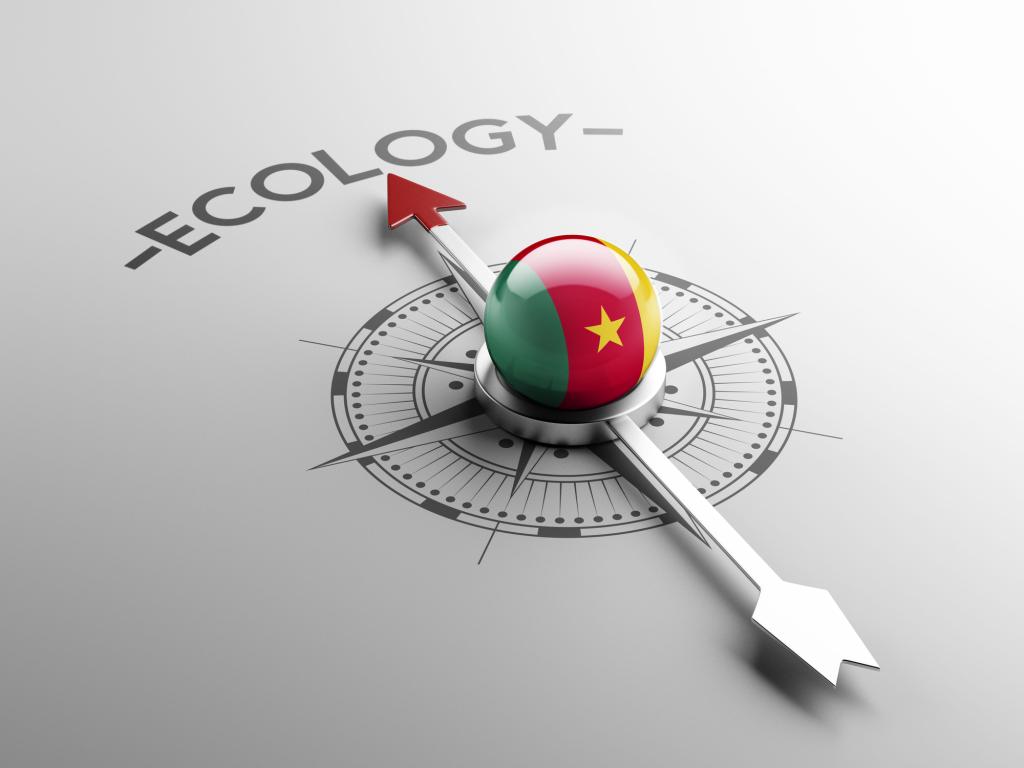The Cameronian Mining Code: Closing a Void to Save the Environment

Cameroon may not be the most prominent mining country in Africa, but it is counted among the many gold endowed countries on the continent. Gold production in Cameroon commenced in 1930 while under colonial administration and reached its peak in the 1940s when it contributed up to 20% of Cameroon’s GDP. After independence, large-scale commercial gold mining decreased drastically due to political instability. As a result, small-scale artisanal mining skyrocketed. As of 2016, artisanal mining alone contributed 95% of all gold mined in Cameroon.
The impacts of artisanal gold mining in Cameroon on the environment over the years were generally regarded as minor. Formal, fully mechanised mining in the Eastern Region of Cameroon does have the potential to harm the environment, but only commenced in 2011. The environmental impacts relating to fully mechanised, therefore, have not yet been evaluated with precision.
The same cannot be said of semi-mechanised mining. The discovery of significant gold deposits in the Eastern Region of Cameroon as from the early 2000s created the opportunity for the emergence of semi-mechanised mining. The emergence of semi-mechanised mining is reported to have caused serious and widespread environmental destruction. Unlike artisanal mining, techniques and equipment used in semi-mechanised mining go beyond just using the hands. Semi-mechanised mining relies on mechanical equipment such as excavators, at times more than one on a site.
Semi-mechanised mining companies erect dams, redirect rivers or streams and dig large holes. Fully mechanised mining companies perform similar activities, but semi-mechanised mining companies perform their activities without the necessary authorisation, fencing or zoning. These operations, therefore, give no regard to, for instance, planning regulations and are often in or close to areas where community residents farm, hunt or gather. Once a site becomes less productive or unprofitable, semi-mechanised miners tend to abandon mining sites without any rehabilitation.[1] Tikondi village in the Ngoura District of the Eastern Region of Cameroon serves as an example of a community that is negatively affected by semi-mechanised mines while operations are ongoing and after abandonment. Abandoned mining holes and chemicals, and contaminated water have led to injuries and disease.
Why it is that semi-mechanised mining has caused so much damage to the environment in such a short amount of time? The primary cause is the legal void created by Cameroon Mining Code, 2001 (Code of 2001) of which semi-mechanised mining companies took advantage. The Code of 2001 only recognised and defined artisanal and industrial mining. Thus, semi-mechanised mining was not included in the ambit of the code as it falls within neither the definition of artisanal nor that of fully mechanised mining. It is unclear why semi-mechanised mining was excluded from the ambit of the Code of 2001, but it is possible that the legislators were not aware of the industry or did not foresee its impacts.
Chapter 5 of the Code of 2001 provided measures to ensure the protection of the environment during mining operations. Mining activities were to be performed in accordance with provisions of the legislation[2] regulating environmental protection.[3] Chapter 5 also provided that a mining company had to set funds aside in an environmental rehabilitation account for rehabilitation and closure purposes. Since semi-mechanised mining companies were not explicitly regulated by the Code of 2001 and more specifically chapter 5, it was possible for these companies to operate without any regard for the environmental provisions. This possibly explains why semi-mechanised mining has caused so much environmental damage with almost total impunity. Legislative intervention was therefore urgently required.
On 14 December 2016, the long-awaited amendment of the Cameroon Mining Code was finally enacted. Semi-mechanised mining is finally included and regulated in the new code.[4] In terms of the new Code, semi-mechanised mining refers to
“[o]perations carried out under a semi-mechanised non-industrial licence to mine precious and semi-precious substances using no more than three (03) excavators, a backhoe loader and any other instrument such as mineralised gravel or mineral concentrate washing machine, the use of chemicals whose treatment is strictly prohibited.”[5]
The new Mining Code brings significant reform to the Cameroonian mining sector. For the first time, the Code contains provisions for governance and transparency in the mining sector.[6] The new Code introduces the requirement for an environmental and social impact study to be completed by all applicants for mineral rights and quarry licenses, except for artisanal miners.[7] As one of the activities falling within the ambit of the new Code, semi-mechanised mining activities must now be environmentally sustainable by complying with the relevant environmental regulation.
The environmental situation in the Eastern Region of Cameroon is an example of how a void in the law can lead to serious unwanted consequences. The 2016 Mining Code was enacted just in time to prevent semi-mechanised mining in the Eastern Region of Cameroon from causing further environmental degradation. The new Code now provides authorities with the necessary muscle to enforce sound environmental practices upon all forms of mining operations, even semi-mechanised operations. Moreover, semi-mechanised miners can now look to the new Code for guidance regarding proper environmental practices in the Cameroonian mining sector.
Written by Bernard Kengni
[1] Djibril et al “Artisanal gold mining in Batouri area, East Cameroon: Impacts on the mining population and their environment” (2017) 9 Journal of Geology and Mining Research 7.
[2] Framework Law on the Environmental Management, 1996.
[3] Art 85(1) Cameroon Mining Code (Law n° 001/2001) of 2001.
[4] Law No. 2016/017, of 2016.
[5] Art 4 of the Cameroon Mining Code (Law No 2016/017) of 2016.
[6] Chap 6 Cameroon Mining Code, 2016.
[7] Art 135 Cameroon Mining Code, 2016.
